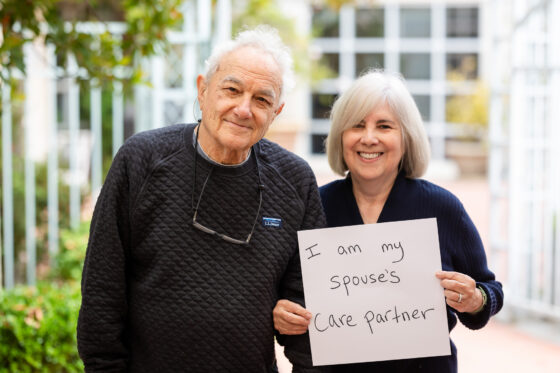
THOUSAND OAKS — Senior Concerns will host its annual Family Caregivers Recognition Day at 10:30 a.m. Tuesday, May 6 at Los Robles Greens (299 S Moorpark Road, Thousand Oaks.
This year’s theme, “Invigorating Your Caregiver Power,” will include empowering presentations by experts in the community. Attendees will enjoy a complimentary lunch and have the opportunity to share experiences with fellow caregivers.
“Caregivers devote themselves to the well-being of their loved ones, often at the expense of their own health and happiness,” says Martha Shapiro, director of programs at Senior Concerns.
Read more →